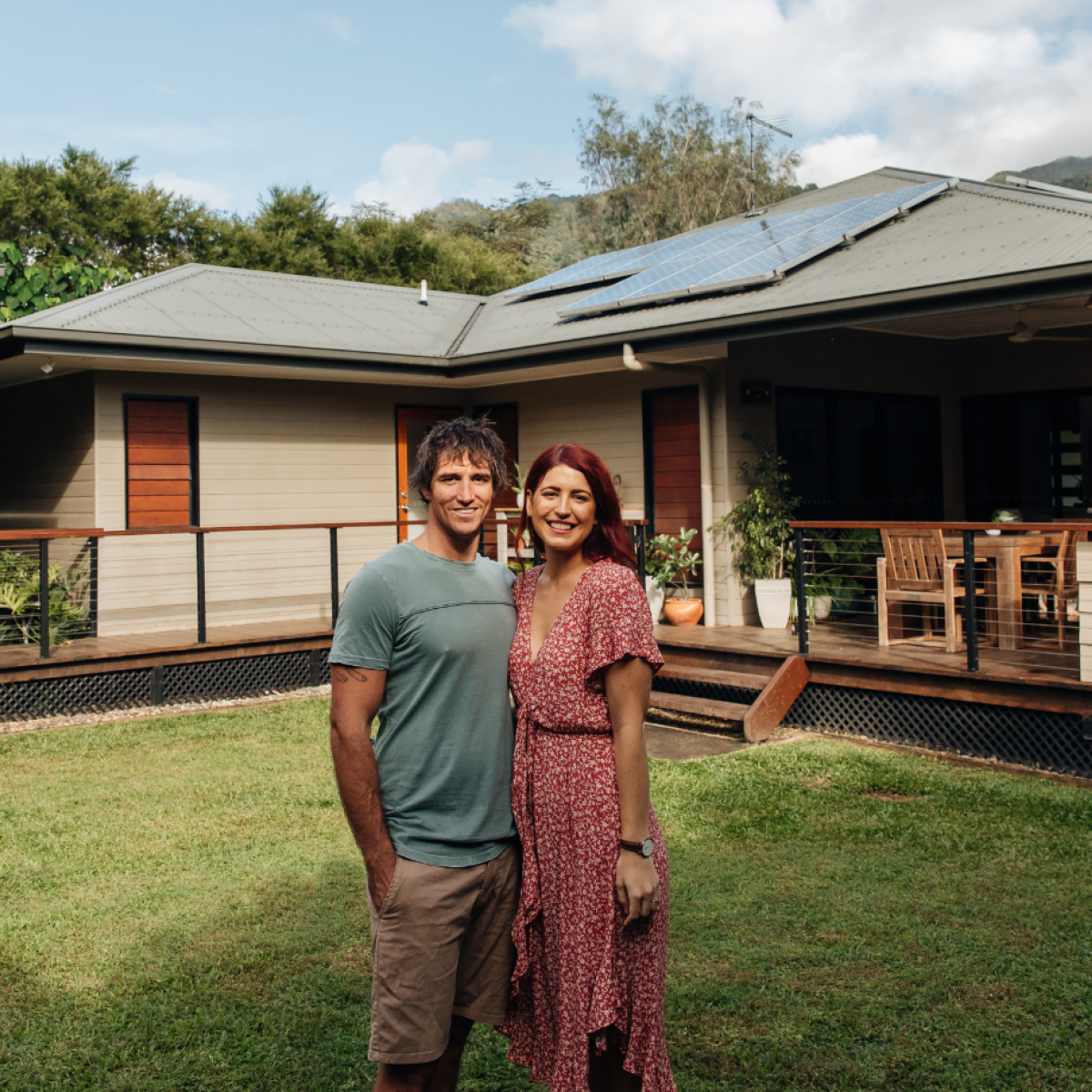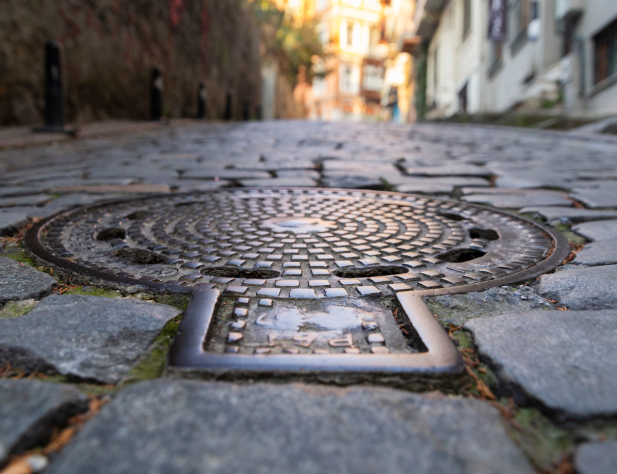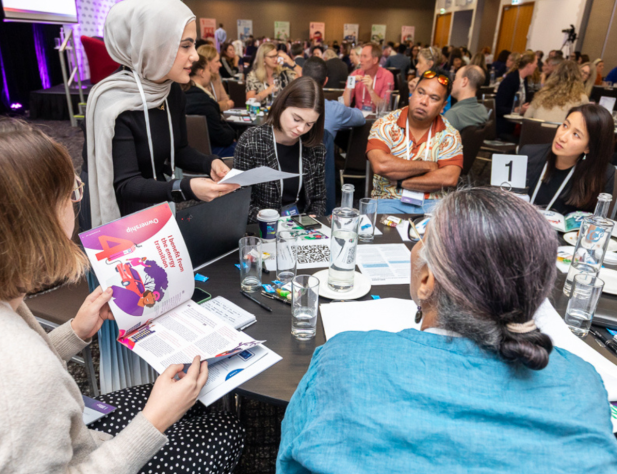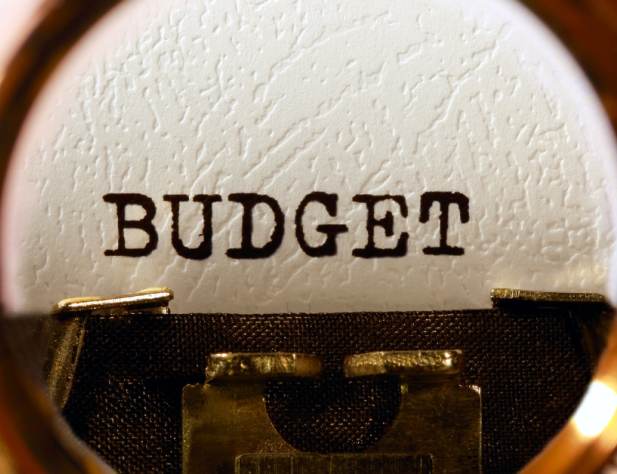
Energy Consumers Australia is the national voice for household and small business energy consumers.
We promote the long-term interests of households and small businesses who use energy in Australia by providing and enabling evidence-based advocacy to the energy sector on the issues that affect consumers.
Equity

I pay a fair share of the energy transition.

Value

I pay a fair share for the energy I use.

Agency

I can make optimal energy decisions.

Ownership

I benefit from the energy transition.
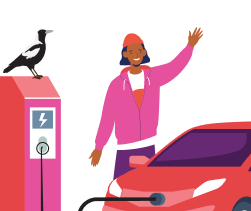
Control

I can manage my energy consumption.

Justice

I have the energy I need.

Representation

I have powerful advocates working in my long-term interests.

Our latest work
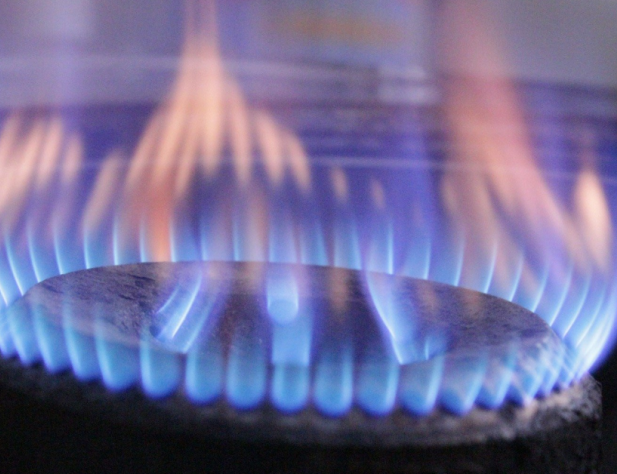
Consumer Energy Report Card: How households use gas and their attitudes towards electrification
Joint submission to the Essential Services Commission on the Victorian Default Offer Review 2025-26 Draft Decision
Submission to NSW DCCEEW on the Energy Savings Scheme Rule and Regulation Change 2025
Submission to the Australian Energy Regulator (AER) on Default Market Offer (DMO) prices 2025-26 draft determination
Are you a household or small business?
Check out our information on some of the most common issues and interests that consumers have about energy.
Get helpful resources for:
